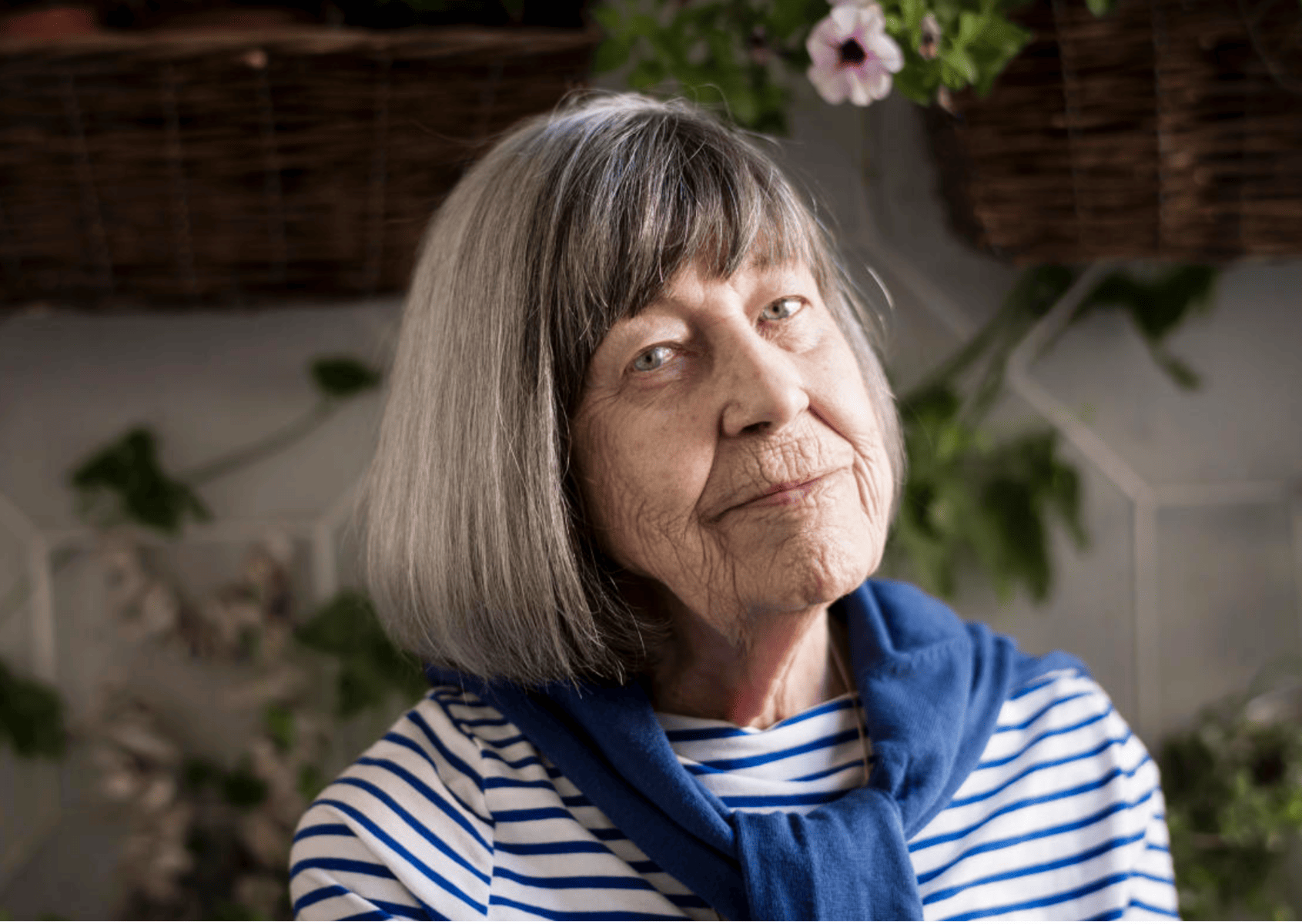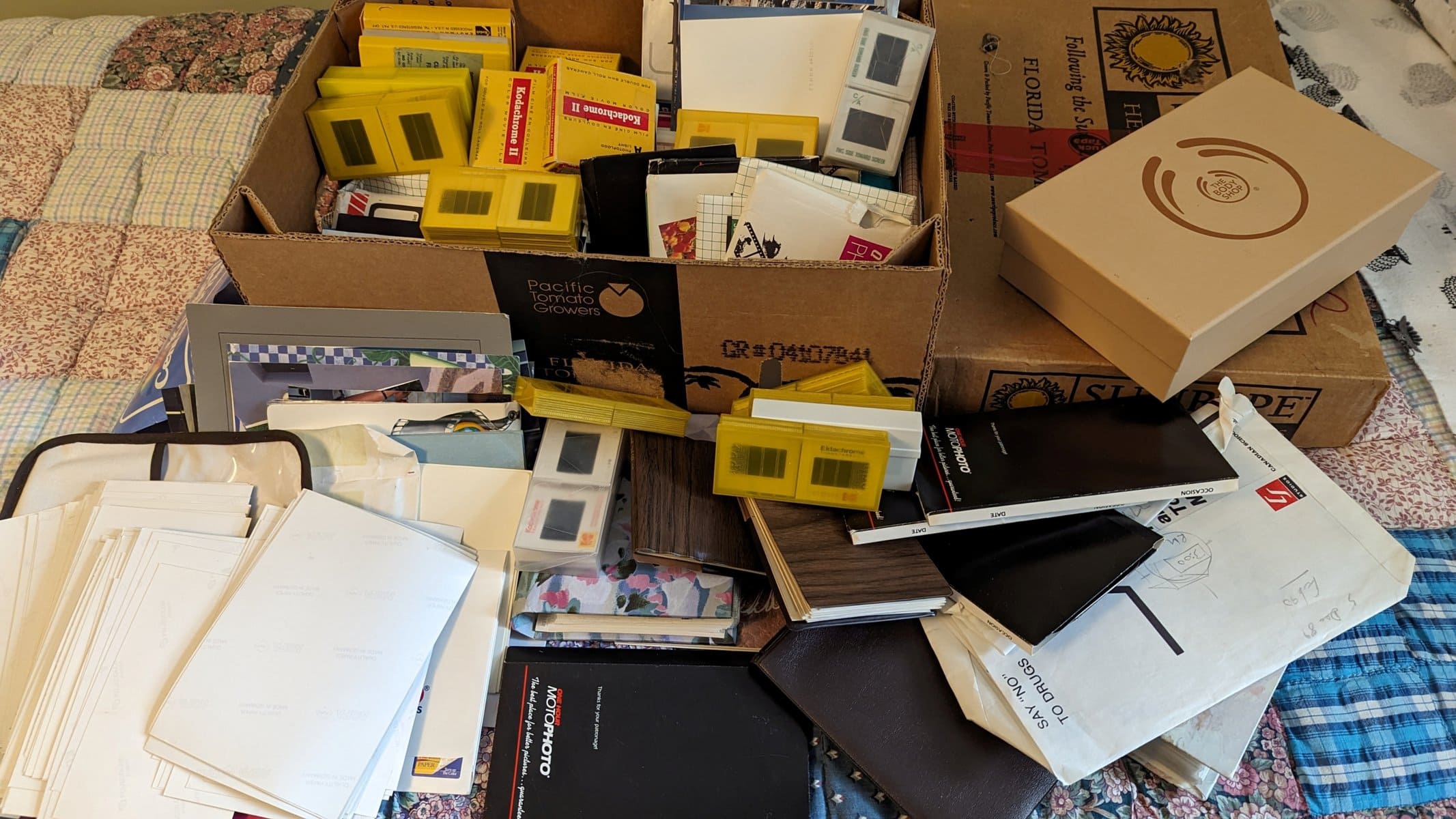From junk drawers to overstuffed basements, many of us have a lot of “stuff” we no longer need. This four-part series will help you deal with it and maybe give new life to old items.
Death cleaning, it’s a horrible phrase and a morbid thought as we approach the promise of another spring.
However, perhaps that phrase is not too far-fetched for many of us.
It was coined by Swedish writer Margareta Magnusson, author of the book “The Gentle Art of Swedish Death Cleaning,” and we all reach a stage in our life where we need very little and have too much.
It’s a result of needs, wants, memorabilia and collectibles. Many of us think our children will want some of these things, but truth be told, they likely neither want them nor treasure them.
This is our “stuff” to clean out.
Of course, we all have many questions and worries about getting this task started: “Nobody wants my things, do I really need to downsize, what if I need something later on, why am I being forced to do this?”
I have been involved in several situations where people felt they had lots of time left to some day organize and clear up their belongings. Unfortunately, time often runs out and families are then forced to rush through a lifetime of possessions.
Well-organized stuff, in labelled bins and boxes all over the house is not a treasure trove of beloved belongings. Actually, it’s a nightmare for our children.
Not only do they have to make difficult decisions, be it long-term care for the parents or funeral arrangements, they also need to deal with the years of accumulation we have left behind.
I have watched as the circle of emotions envelopes family members.
They reflect anger at the mess, frustration about where to start, shock at what has been saved for them and resignation that their parents’ lives have come down to dumpsters filled with unwanted items.
From “OMG I don’t want this” or “What were they thinking?” to “I can’t believe they kept this” become the refrains often repeated while clearing out the parental home.
And the inevitable sibling conflict — “I want this” … “But so do I” — has caused more grief than one can imagine.
Magnusson, on clearing out her home before moving into a retirement residence, came up with several great solutions, one of which had to do with jewelry.
She decided that several valuable pieces would be sold, concluding, “This is my jewelry and my decision on what should be done.” That avoided potential struggles over who would get those possessions.
If you’re downsizing to move into a retirement home or smaller dwelling, do some reverse engineering. Ask yourself, how big is the new place and just how much can I take?
Once that has been determined, the next step is to decide what goes with you and what is to be disposed of.
Magnusson suggests drawing a sketch or getting a floor plan of the new place with exact measurements. Then cut small squares representing your furniture size and place them on the new floor plan.
This will help you to visualize what and where things will fit.
When looking through your possessions, consider lifestyle changes and ask yourself: “Will I still play golf or tennis? What about gardening?”
If the answer is No, then let those items go.
Magnusson advises to not leave a good clearout of your home to your later years. Start early, when you have more energy — at age 60 or 70, rather than at 80.
If the job seems too overwhelming, then bring in professionals to make an assessment, create a plan, prepare a schedule, get a cost estimate. And then get working.
As Magnusson notes, it is much nicer to take control of your life and belongings than to have others dismiss your emotions and throw everything away.
Next: Is it trash or a treasure? Be ready to toss it.












